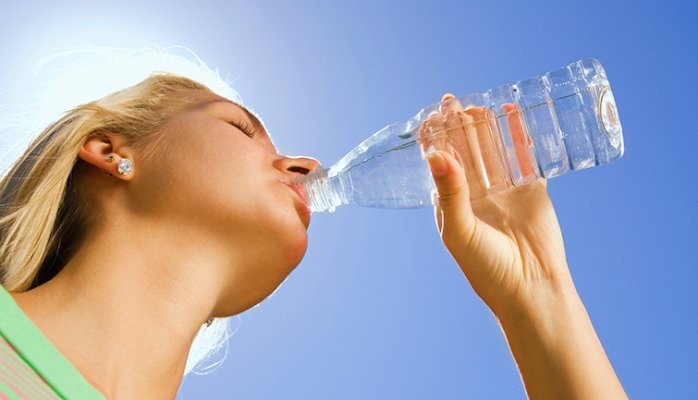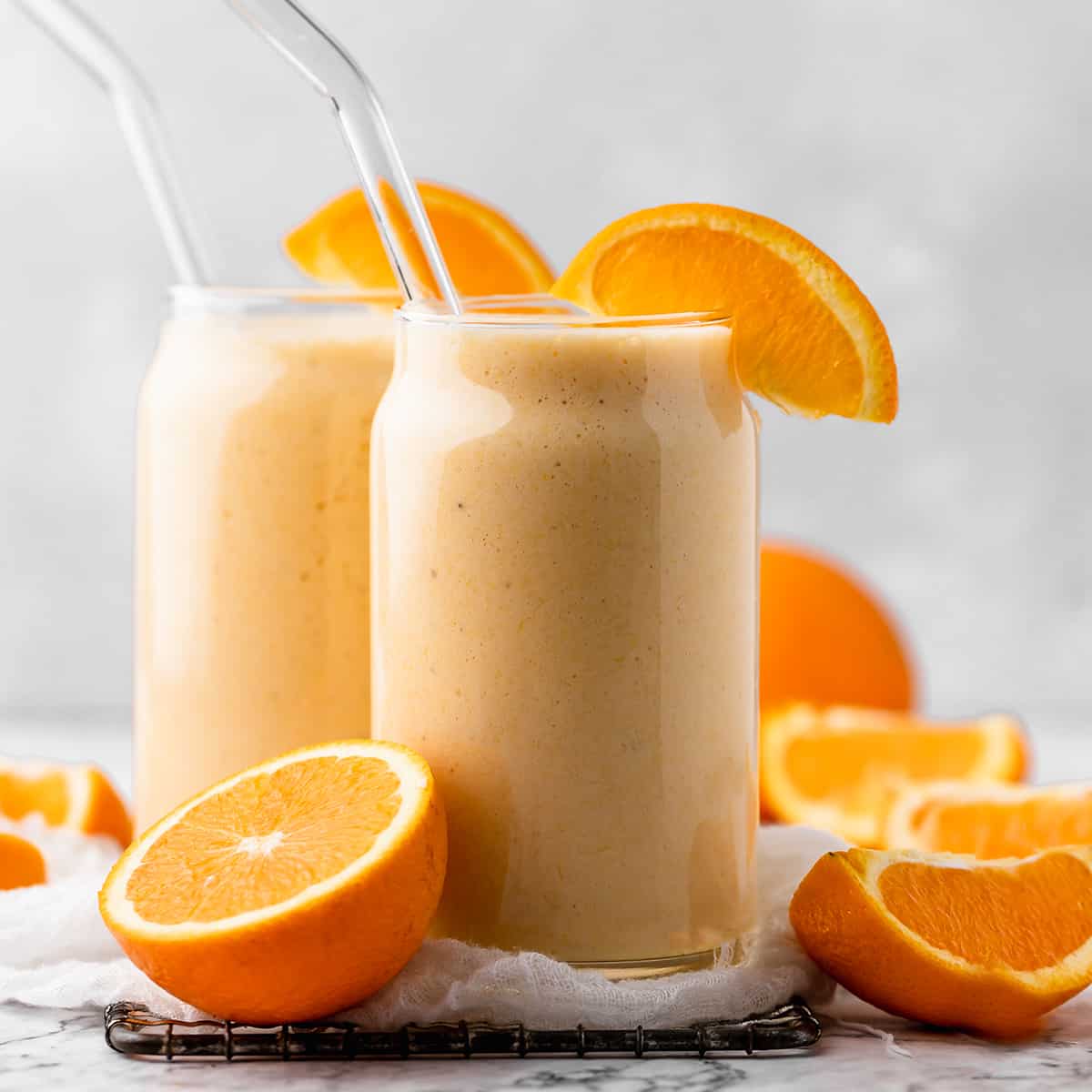Keeping athletes and clients performing at their peak while also avoiding heat-related illnesses takes preparation and planning. Bodies need time to adapt to the increased physiological demands of training in warm environments. But even with preparation and planning, heat illnesses can and still do occur.
Heat illnesses generally affect those with lower levels of fitness. More fit individuals are typically better able to tolerate exercising in the heat, acclimate quicker, and sweat more (1). To help clients and athletes meet the demands of training in the heat, acclimate them to the warmer environment over a 10 to 14 day period, balancing the length of training sessions with intensity (i.e., long duration with a low intensity, or short duration with a moderate intensity)(1). Adequate hydration is another key component to preventing heat illnesses, as inadequate hydration decreases the body’s sweat rate.
Encourage replacing fluids lost to sweat and urination, and offer hydration breaks during training (1-2). (Contrary to Coach Boone’s words in the iconic football movie “Remember the Titans,” water is not for cowards nor does it make you weak.) Teach participants strategies for monitoring fluid loss, such as daily weigh-ins, and pre- and post-workout weigh-ins if necessary (1-2).
Evaporation of sweat is the body’s key mechanism for staying cool. Humidity decreases the rate of sweat evaporation, as can limiting the skin’s exposure when wearing full training gear. If possible, reduce the amount of gear and clothing worn, especially during the acclimation period (1-2). Selecting moisture wicking fabrics will speed the rate of evaporation over less permeable materials. Also attempt to schedule trainings during the cooler times of the day, either in the early morning or early evening, or move them into climate controlled indoor venues when available.
Heat can also affect children differently, since they have immature thermoregulatory systems, including both a delayed response and limited ability to sweat (3). They may require a longer timeline to acclimate, incorporation of more rest breaks, extended warm-ups and cool-downs, and frequent reminders to hydrate (1-3).
Heat related illnesses can become life-threatening in just a matter of minutes. Regular review of the signs, symptoms and care of heat illnesses will help you quickly identify and appropriately respond to these potential medical emergencies.
Heat Symptoms
| Heat Illness | Signs and Symptoms* | Immediate Action |
| Heat Cramp | Muscle spasming and cramping that occurs during or after exercise, especially common in the calf. | Stop activity, hydrate, apply pressure or begin gentle stretching, massage of muscle. |
| Heat Syncope | Headache, nausea, dizziness, tunnel vision, fainting | Move to shaded area, hydrate, elevate legs, and monitor vital signs. |
| Heat Exhaustion | Collapse, possible loss of consciousness, heavy sweating, dizziness, fainting, slightly elevated body temperature, shallow breathing, headache, weakness, thirst, nausea, vomiting, cool, wet skin | Move out of sun and heat, force to hydrate, elevate legs, remove excess clothing and equipment to cool with fans, wet towels, ice packs. Refer to a physician. |
| Heat Stroke | Skin is dry, hot or flushed, body temperature is elevated (104+), behavior change, confusion, headache, labored breathing, unresponsiveness, seizures, coma. | Treat as a medical emergency and transport to hospital immediately (activate emergency medical system). Remove excess clothing and equipment, begin cooling immediately starting at the head and moving down the body, using ice packs, fans, cold water focusing on major vessels (armpit, neck, groin). |
| *Not all individuals will have all the signs and symptoms. | ||
| Adapted from Powers and Howley, 2012, Exercise Physiology 4th ed. and NATA’s Position Statement: Exertional Heat Illnesses. |



